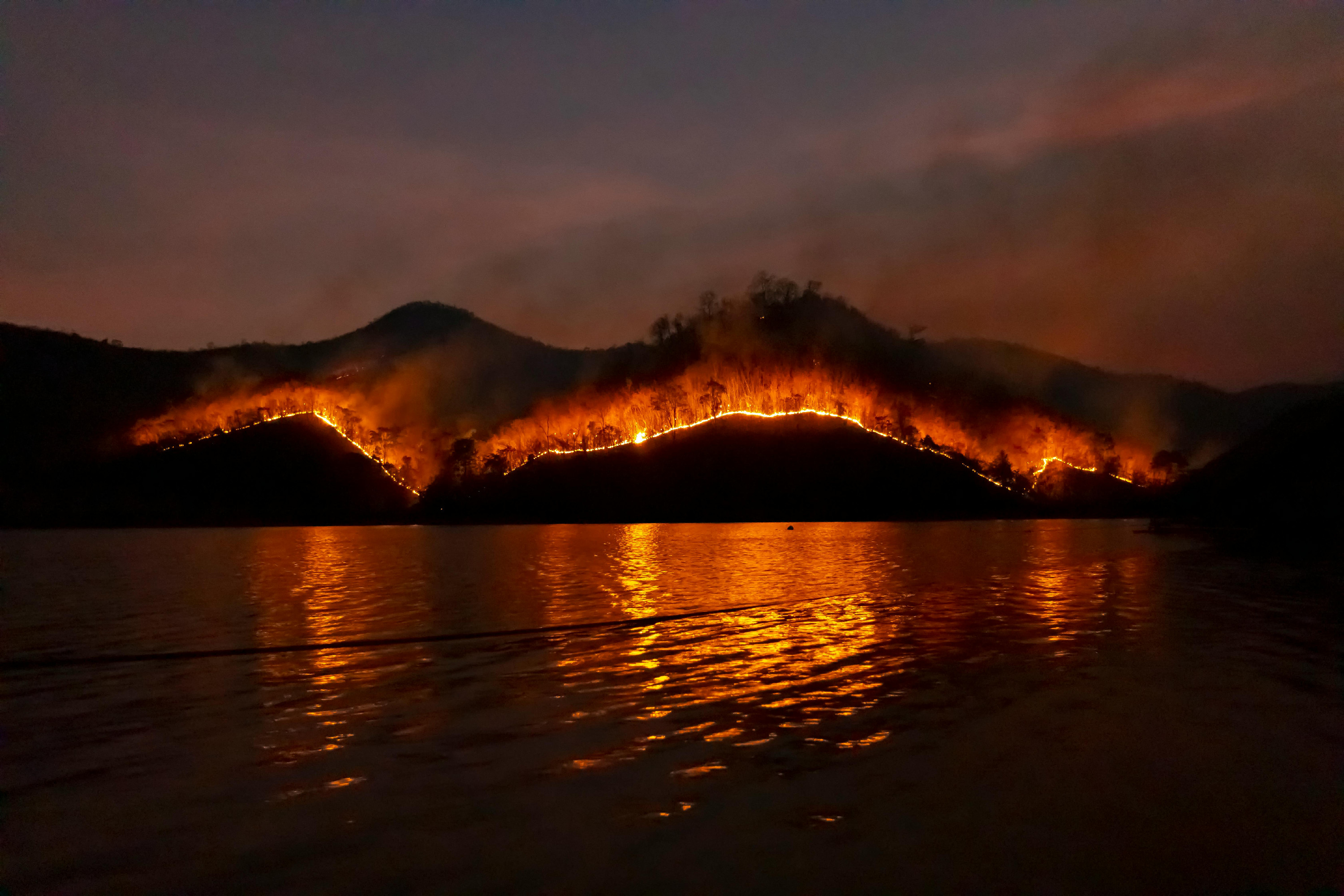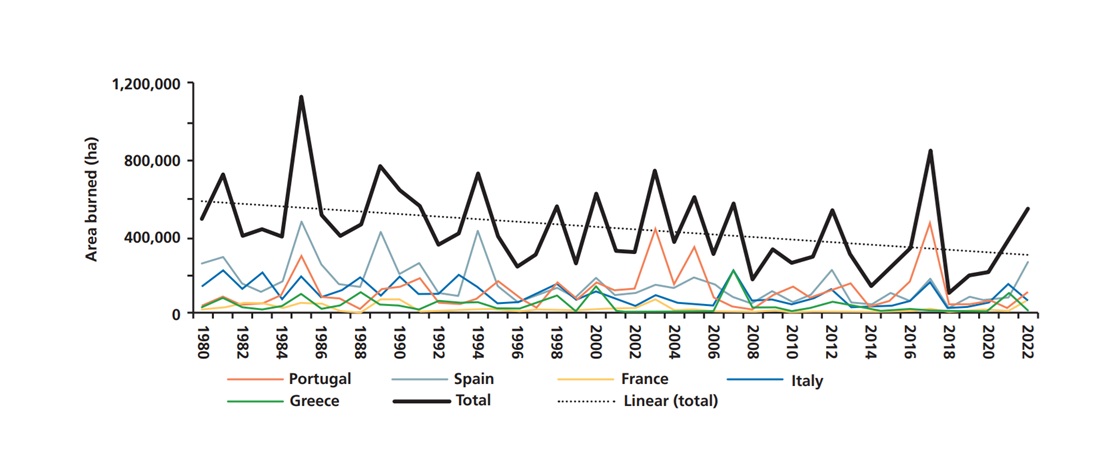Researchers Warn: Wildfire Threat Extends Beyond Southern Europe—Our Region Increasingly at Risk
Climate change, human activity and altered land use have together created a situation in which wildfires are no longer a threat faced only by southern countries—Central Europe, too, is increasingly becoming a high-risk zone. A new report by the European Academies' Science Advisory Council (EASAC), Changing Wildfires: Policy Options for a Fire-literate and Fire-adapted Europe, has just been published. A researcher from the HUN-REN Centre for Ecological Research also contributed to the study.
The project, which aimed to recognise the changing role and rising risks of fire, involved 22 international researchers. One of the group’s co-leaders was Orsolya Valkó, Scientific Advisor at the HUN-REN Centre for Ecological Research.
said the HUN-REN CER researcher about the project.
Climate change, characterised by hotter summers, prolonged heatwaves and more frequent droughts, is creating ideal conditions for wildfires to ignite. Desiccated biomass effectively acts as fuel, catching fire easily—even from something as minor as a discarded cigarette. According to the report, human activity amplifies these risks, both directly and indirectly.

The flammability of an area can be increased by shrub encroachment on abandoned agricultural land, by unmanaged grasslands, and by the planting of non-native species such as pine or eucalyptus. Areas known as the wildland–urban interface (WUI), where natural vegetation directly borders inhabited settlements, pose a particular risk. Around 7% of Europe’s land area falls into this category, and these zones require increased attention in both fire prevention and urban planning.
“Southern countries—particularly Spain, Portugal, Italy and Greece—have long struggled with summer wildfires. What is new, however, is the increasing frequency of severe fire events in Northern and Central Europe as well,” explains Orsolya Valkó. In Scandinavia, for example, devastating wildfires have occurred in recent years following heatwaves and subsequent dry spells. Hungary is no exception: while vegetation fires typically affect only a few hundred hectares in an average year, more than 7,000 hectares were burned in 2022 due to extreme drought.

Burned areas in different parts of Southern Europe (1980–2022). Although total burned area is declining, the frequency of high-intensity fires is on the rise.
Figure: Burned areas in different parts of Southern Europe (1980–2022). Although total burned area is declining, the frequency of high-intensity fires is on the rise.
The vast majority of vegetation fires in Hungary—around 99%—can be traced back to human activity. The causes are well known: careless stubble burning, discarded cigarette ends, open fires in natural areas, technical malfunctions, and even deliberate arson. Researchers emphasise that firefighting alone is not enough; conscious prevention and targeted public awareness efforts are also essential.
What is the solution?
Due to the increasingly hot and dry climate, the fire season has become significantly longer in many parts of Europe. At the same time, population growth means that more and more areas are now at risk, with fires threatening human lives, infrastructure and natural assets. Consequently, the level of wildfire risk across Europe has become so high that existing firefighting capacities are insufficient to respond adequately and effectively to some high-intensity fire events. This is why, alongside strengthening firefighting capacity, there is an increasing need to prioritise proactive solutions that address the root causes of wildfires.
The researchers involved in the international project set out recommendations from both direct and indirect prevention perspectives. In their view, a key priority is to build a fire-literate society—one that understands the risks, behaves responsibly in natural environments, and supports environmentally friendly approaches to fire management. Aligning fire prevention practices with different types of agricultural activity is also important, as this can help reduce the overall risk of wildfires.
In addition, the researchers suggest that land-use planning in peri-urban areas should prioritise practices that reduce the accumulation of flammable biomass. For instance, grazing animals in pastures help to mitigate fire risk by regularly removing vegetation, thereby protecting nearby residential areas.
Fire risk should be considered in urban planning even at the level of individual buildings—by favouring the use of less flammable construction materials and incorporating vegetation management strategies that include planting pyrophobic species, i.e. those less likely to ignite.
Maintaining ecological diversity is also key. It is important to preserve and establish forests composed of diverse native tree species and to promote heterogeneous landscape structures. In certain habitats, the use of controlled burning should also be considered. This method is commonly employed in Mediterranean areas, where land is deliberately and carefully burned in a planned and regulated manner to prevent the accumulation of flammable biomass. Such prescribed burning can help sustain ecosystems that depend on periodic, low-intensity fires—such as Mediterranean shrublands and certain types of grassland—thereby supporting the development of species characteristic of these habitats, the researchers explain.
Which other factors did the researchers investigate, and what further steps are needed to strengthen wildfire prevention? Find out more in the full report.

